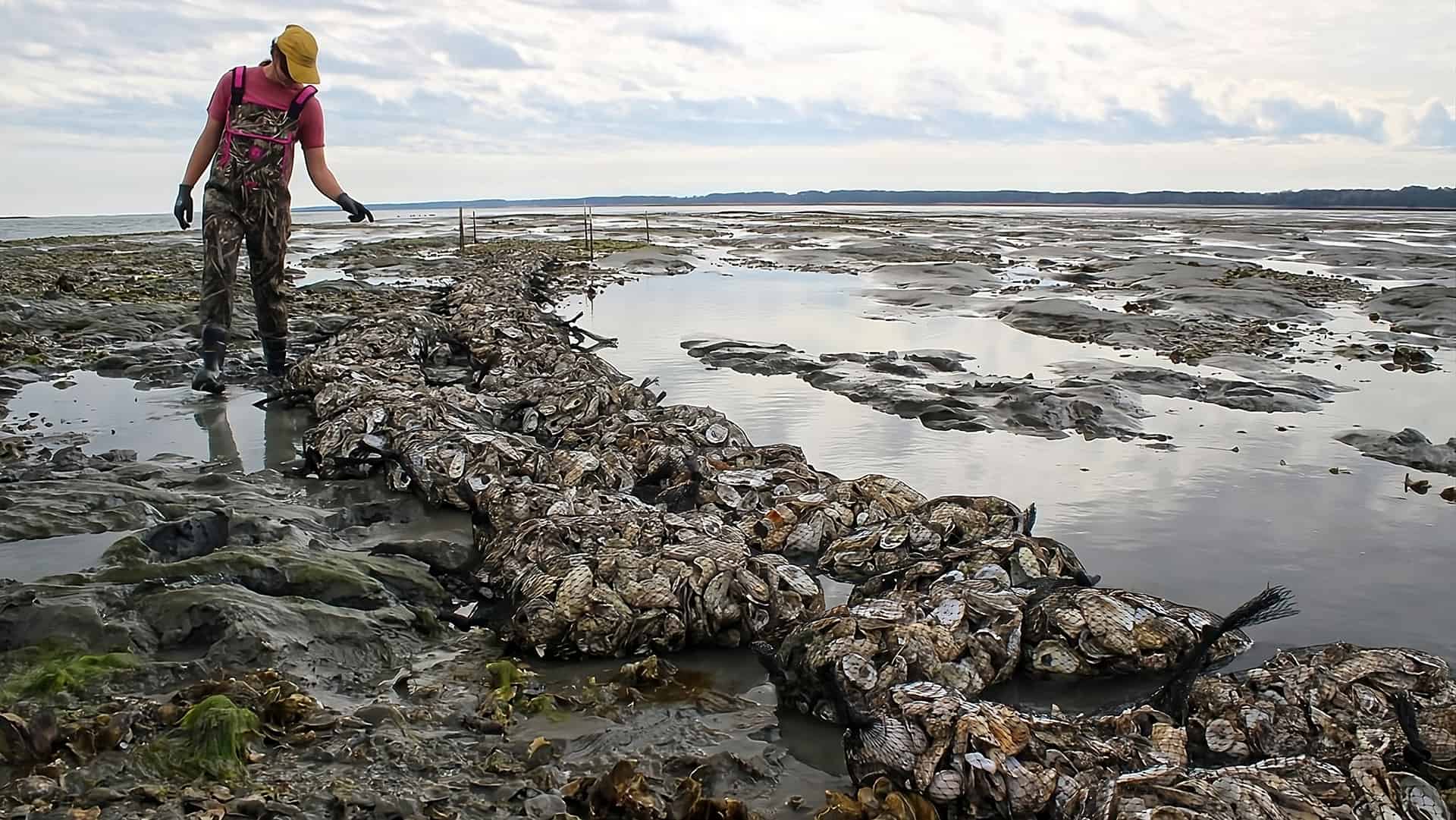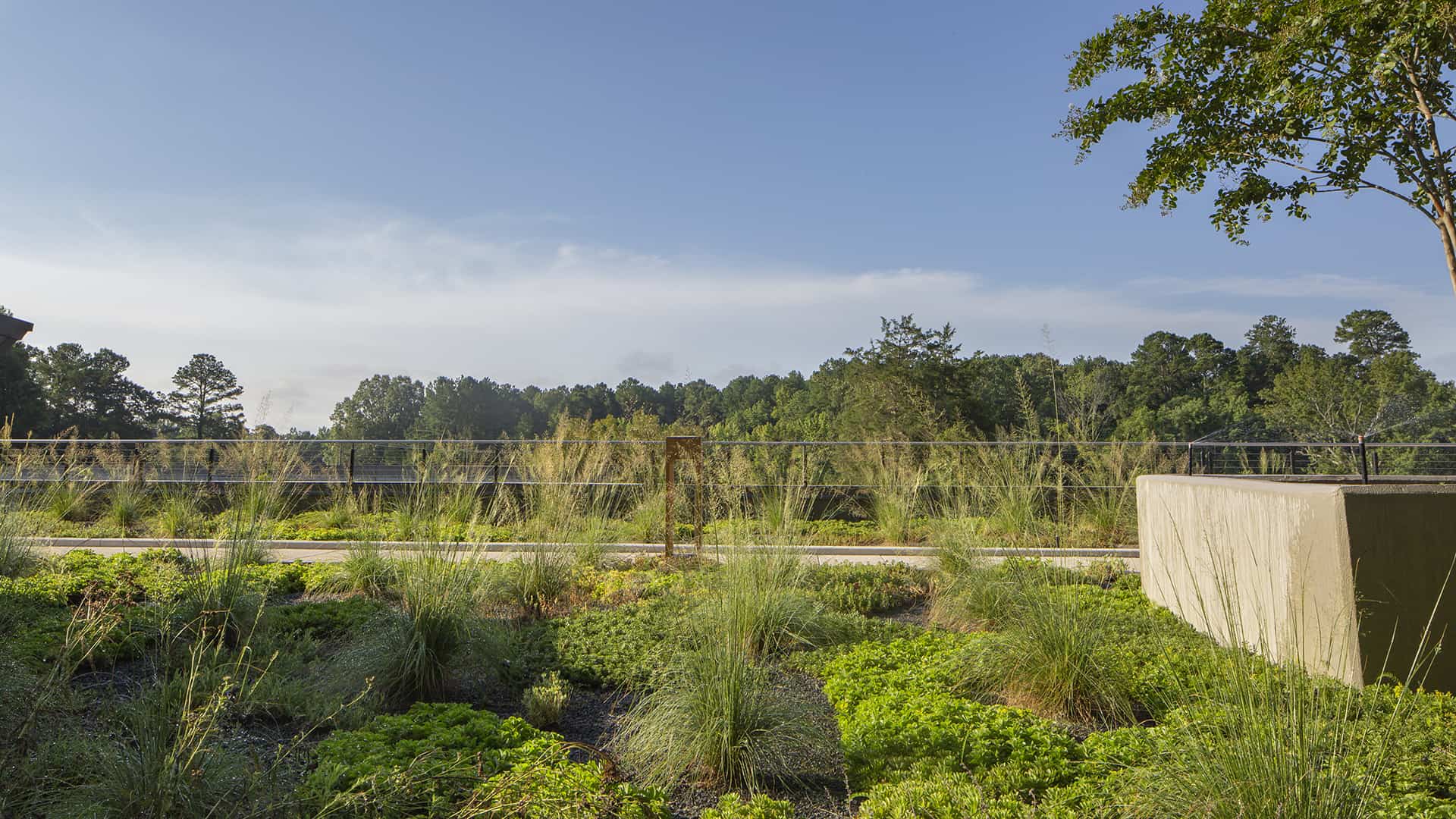“The buffalo gave us everything we needed. Without it, we were nothing. Our tipis were made of his skin. His hide was our bed, our blanket, our winter coat. It was our drum, throbbing through the night, alive, holy.” – John Fire Lame Deer, Lakota Elder
As we increasingly leverage design and engineering to facilitate human convenience, we have set in motion a tipping of ecological dominoes that affects all natural life cycles. Advanced societies, empowered by technological capabilities, have controlled and altered natural biological processes to accommodate our rapidly growing human population.
We can achieve efficiency, speed, and cost-effectiveness to meet our needs better. However, this pursuit comes at the expense of threatening our existence. A keystone species, humans have the greatest opportunity to support and uplift our natural life systems. We must now return to our place in nature and work towards a collective goal of sustaining all life on earth.
Our first step begins within the boundaries of a project site and expands outwards through the interconnected systems of life. Ecological restoration on each site is possible with carefully integrated design. We must understand each site’s connection to its greater ecosystem. We need only look at the lessons of the past to guide our restorative work for the future.
THE COLLAPSE OF THE BUFFALO
The decimation of the buffalo was a swift and brutal event that profoundly impacted the ecological balance of the North American continent. In a mere 80 years, this critical species, once numbering over 50 million, devastatingly collapsed. The relentless westward expansion by European settlers disrupted the interconnected and symbiotic cycles of life across the Great Plains.
By the late 1880s, the buffalo population had dwindled to less than 500. This tragic loss of a keystone species is a stark reminder of the consequences when intervention processes operate linearly, detached from the holistic systems of life upstream and downstream of place.
The devastating collapse of the buffalo population did not spare the humans who had partnered with the buffalo for thousands of years. These tribal communities suffered the loss of a crucial element to their existence, one that provided support for their social, financial, and natural ecosystems, its loss profoundly altering their way of life.
Recent studies even indicate that the consequences of this collapse may have had physiological implications on our indigenous ancestors. This evidence underscores the deep wound inflicted upon the ecological fabric of North America, emphasizing the long and arduous process required for its healing and repair. However, healing has begun.
Like Yellowstone’s wolves, buffalo intricately link to the life cycles of numerous other species across our continent’s ecosystem. Often covering hundreds of miles in their migrations, buffalo foster biodiversity, enabling various species to thrive along their path. Their significance is evident in how they diversly enhance the regions they traverse. Buffalo grazing manages vast grasslands, enriching the nutritiousness of plants and creating habitats for nesting birds and prairie dogs. The spaces where they wallow collect rainwater, forming breeding pools for amphibians and offering drinking sources for various wildlife. Footsteps leave navigation trails, guiding the way for other species to find essential resources.
PRIORITIZING ECOLOGICAL RESTORATION EFFORTS
“Boy-zshan Bi-den, Buffalo Return” is a phrase the Shoshone Native American tribe uses to herald the return of the buffalo to the lands they once roamed as a force of nature. Restoration efforts are underway in many areas across the western United States. The IUCN’s Red List of Threatened Species reports a mature buffalo population growing in the US, with current numbers reaching above 30,000 on public ranges, where the buffalo are once again roaming the wild places and indigenous land their ancestors once inhabited in the tens of millions. This resurgence of buffalo signals the commencement of an imbalanced system’s grand-scale restoration and regeneration.
Buffalo were the real trail makers–trails you wouldn’t believe. They were as good a the best civil engineers. It remains true today.
– David Love in John McPhee’s Annals of the Former World
While vast in scale, this restoration effort can help us understand how to create micro restorations on our project sites with similar outcomes, creating keystone projects supporting ecological harmony. When we prioritize restorative efforts throughout project phases of design, construction, and operations, we can cultivate sites that exhibit adaptability and resilience in the face of climate change and natural disasters. This approach facilitates swift recovery and yields positive outcomes for the communities upstream and downstream of each project location. By understanding the intricate interconnections of various life systems across our work and the long-term operation of our projects, we can leverage a place’s vast energy and resources to foster improved outcomes for all.
THE CHESAPEAKE BAY ECOSYSTEM
Our water systems have tipped unbalanced as well, and large-scale ecological restoration projects are needed to help restore some of the most polluted bodies of water in the United States. As with the decimation of the buffalo, human-made devastation ravaged the oyster population in the Chesapeake Bay in the late 19th century when overharvesting, pollution, and disease eradicated roughly three-quarters of the bay’s oyster reefs. The oyster population was not the only victim; the loss of this aquatic keystone species affected the ecological community, including those parts most relied upon by humans.
Change is underway, however, as we better understand the critical role of oysters within the bay’s ecosystem. According to the Chesapeake Bay Foundation, “Eastern oysters, Crassostrea virginica, are a vital component of the Chesapeake Bay ecosystem, known as a keystone species. With their clean, hard surfaces and intricate three-dimensional structure, large oyster reefs attract a wide variety of life. They provide food, cover, and habitat for hundreds of small and juvenile fish, crabs, shrimp, and other species, providing prey for larger fish and crabs.

These shellfish are also prolific filter feeders. They remove light-blocking algae from bay waters and help remove excess nutrients like nitrogen and phosphorus. Healthy reefs are home to other filter feeders, including barnacles, encrusting bryozoans, sea anemones, and hooked mussels.
Efforts are underway to restore and create oyster reefs in ten key tributaries that feed Chesapeake Bay. Seven of the ten have been restored, with the remaining three on track to be complete by 2025. This restoration’s benefits include an 80-percent increase in seafood harvest in the Harris Creek tributary and increased nitrogen removal from the water system equivalent to 20,000 bags of fertilizer. The oysters’ return creates a service value of $1.7 million in just one sector alone. With time, one can see the gains across the entire system.
ECOLOGICAL RESTORATION AND THE WORKPLACE
Micro-ecological restorations can do the same on even the smallest project or site. The Society for Ecological Restoration defines “ecological restoration” as an “intentional activity that initiates or accelerates the recovery of an ecosystem with respect to its health, integrity, and sustainability.” The society recognizes that restoration efforts positively impact businesses and underpin an adaptive, resilient response to changing climates. By its definition, the society “advances the science, practice, and policy of ecological restoration to sustain biodiversity, improve resilience in a changing climate, and re-establish an ecologically healthy relationship between nature and culture.”
Why is ecological restoration essential for our workplace projects? The rationale behind this work reveals a compelling return on investment, even for the smallest endeavors. Restoring a damaged ecosystem to balance yields diverse rewards, including the regeneration of natural resources and financial profits. Embracing sustainable practices is good for business and resonates with clients who actively seek out companies and brands aligned with their own sustainable values. By incorporating these principles into our projects, we tap into the goodwill of clients eager to support environmentally conscious organizations, creating a win-win scenario that fosters long-term success and a harmonious approach to life.
FIVE THEMES TO CONSIDER FOR ECOLOGICALLY RESTORATIVE EFFORTS
The framework for this effort is simple: restore natural systems and our place in nature. Doing so will create positive outcomes for the nested systems of life of which our work is a part. In their 2007 book Ecological Restoration at the Micro-Level: A Guide for Practitioners, John D. Liu, Sandra L. Postel, and Mark Giordano outline five key themes to consider for ecologically restorative efforts.
- Ecosystems are disturbed, impacted, punctured, damaged, and unbalanced by current design/construction practices. This alters the structure and function of nested systems of life.
- Restoration involves understanding the interconnection of the ecosystem that extends upstream and downstream of a project site.
- We can introduce and develop restoration to provide scales of improvement and adaptation that benefit both the project and the broader ecology.
- We must use transdisciplinary resources to develop science-based solutions that are strategically deployed, easily managed, and adjusted to respond to evolving conditions over time toward success.
- Ecological restoration at the micro-level is accessible to all projects. It works to improve the outcomes of the interconnected systems and ecologies to the site. This results in a positive triple bottom line.

SMALL-SCALE RESTORATION EFFORTS
So, where do we begin? It’s important to understand that any effort of any size will start to yield results. Micro-ecological restoration can occur at the scale of a driveway, a rooftop, a tree, or a brick (a new home for bees?). Start small and be patient. Restorative efforts take time to reengage within the existing systems. To ensure the best return on investment, embed the work deeply in the ecology of the place and define the intended outcomes with data and measurements over time.
Examples of small-scale restoration include:
- PLANTING NATIVE PLANTS TO RESTORE HABITAT. This could resemble planting rain gardens and bioswales, restoring littoral edges to existing waterways. Doing so improves water and air quality and provides habitat for native animal species.
- REINTRODUCING NATIVE WILDLIFE. This can be as simple as creating new homes for native pollinators.
- REMOVING INVASIVE SPECIES THAT PUSH OUT NATIVE LIFE FORMS. By removing non-native species, we provide space for natural systems to rebalance themselves in alignment with the carrying capacity of the surrounding ecosystem.
- RESTORING NATURAL FEATURES OF A SITE. This can include restoring natural water pathways or aligning building elements with natural views that enhance conditions across the project’s boundaries.
Embracing micro-ecological restoration on project sites holds immense value in elevating the triple bottom line for people, the planet, and profits. By prioritizing the restoration and enhancement of local ecosystems, we nurture the well-being and goodwill of surrounding communities and safeguard the health of our interconnected relationship with nature. This holistic approach benefits the environment, promotes sustainable economic growth, and fosters long-term profitability. By recognizing the interdependencies between nature, society, and economic success, we unlock the potential to create adaptive, resilient, and thriving project sites that prioritize the well-being of all stakeholders, leaving a lasting positive impact on both local and global scales.
Learn more about the working world and how its culture is being redefined. Little’s recently published Beyond Workplace III book explores the possibilities, the realities, and even the impossible.

